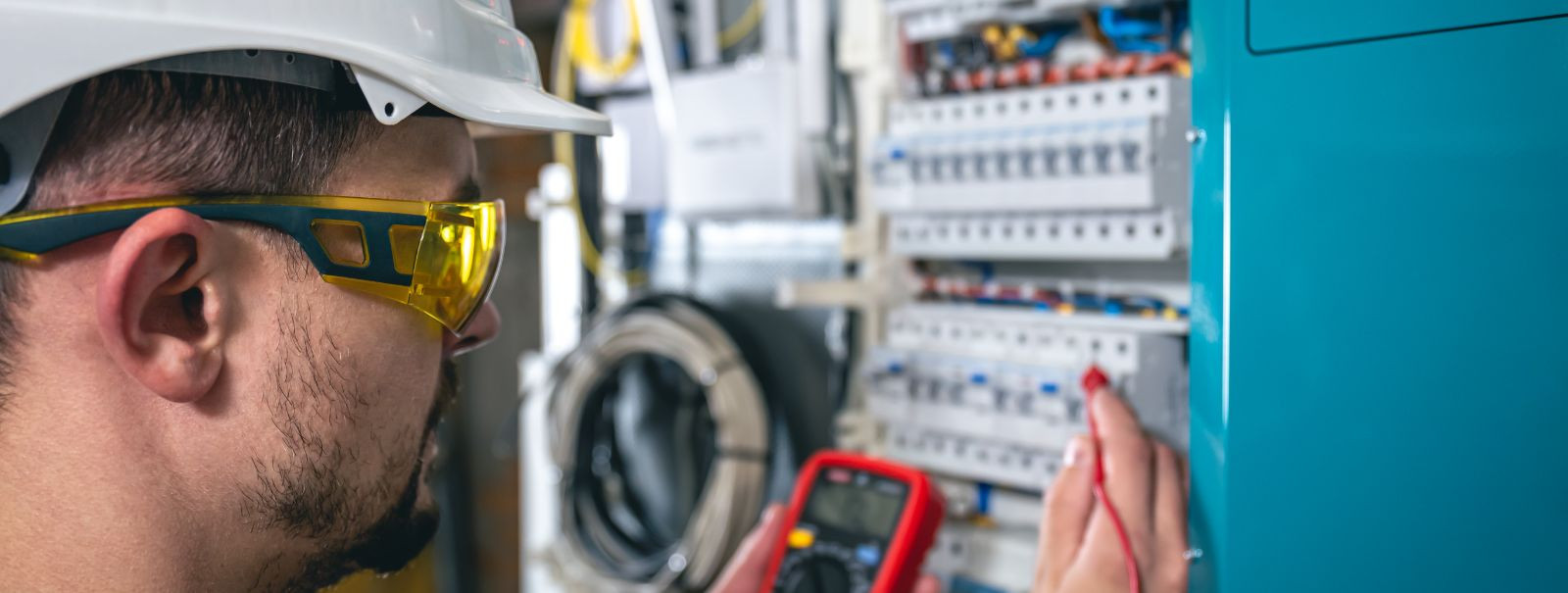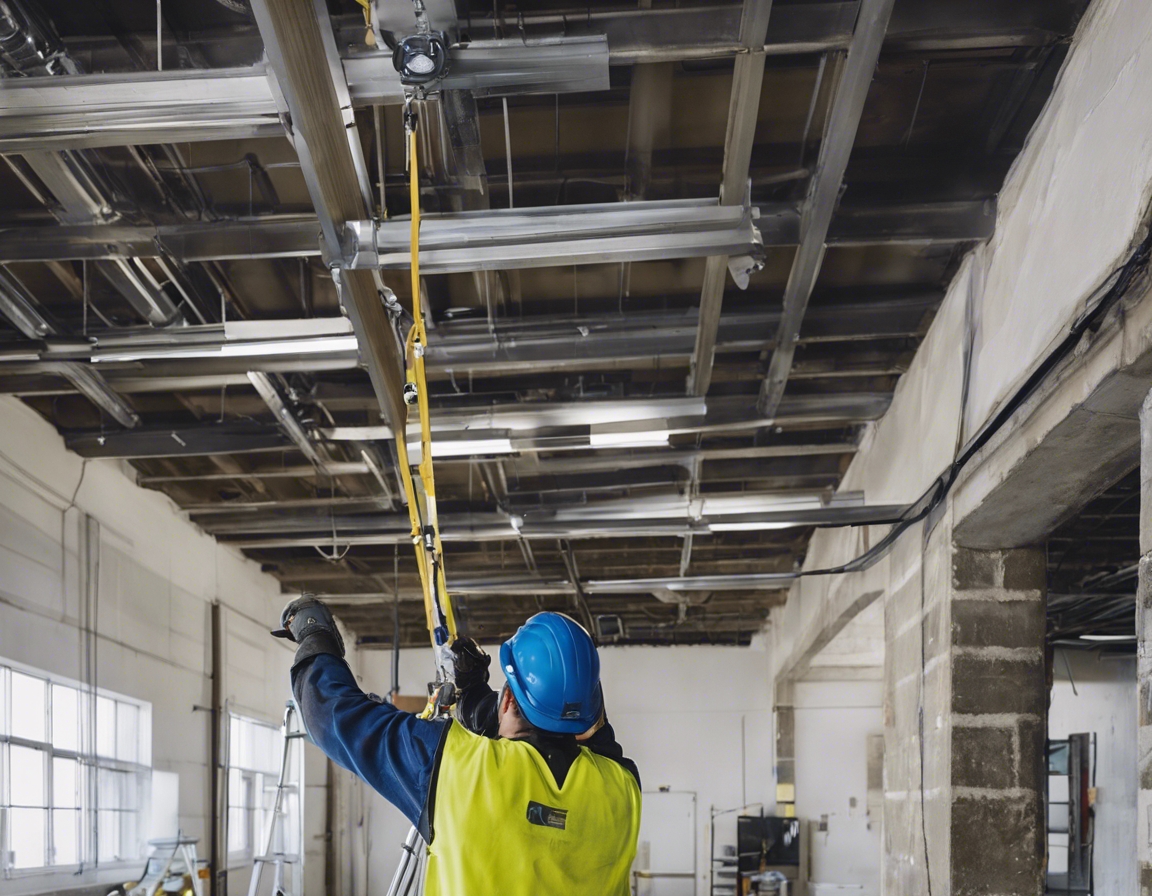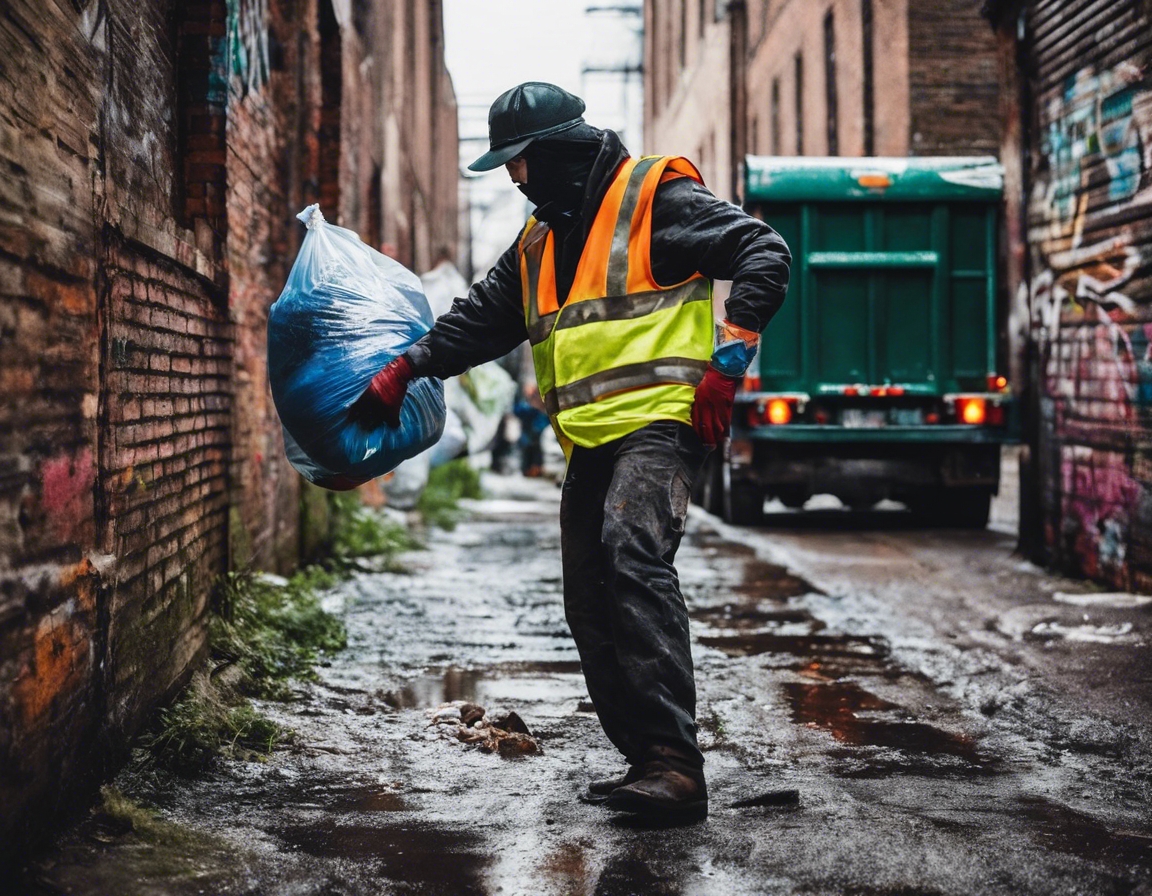The ultimate guide to eco-friendly post-construction cleaning
After the dust settles and the last nail is hammered in, the daunting task of post-construction cleaning begins. It's not just about making a space look presentable; it's about ensuring that the new environment is safe, healthy, and ready for occupancy. In this guide, we'll explore the ins and outs of eco-friendly post-construction cleaning, a process that aligns with the values of sustainability and environmental responsibility.
Post-construction cleaning involves removing all traces of construction work from a newly built or renovated space. This includes dust, debris, and leftover materials, ensuring that the area is spotless and livable.
Incorporating eco-friendly practices into post-construction cleaning is crucial for protecting our planet. It minimizes the environmental impact by reducing waste, conserving resources, and avoiding harmful chemicals.
Pre-Cleaning Strategies
Before diving into cleaning, it's essential to assess the area. Identify what needs to be cleaned, any potential hazards, and the best approach to tackle the job efficiently.
Sorting waste and debris is the first step towards an eco-friendly clean-up. Segregate materials into recyclables, donations, and waste to streamline the cleaning process and reduce landfill contributions.
Eco-Friendly Cleaning Supplies and Equipment
Opt for cleaning products that are biodegradable, non-toxic, and made from renewable resources. These products are safer for the environment and for the people using the space.
Green cleaning equipment, such as HEPA vacuums and microfiber cloths, can enhance cleaning efficiency while reducing environmental impact.
Step-by-Step Guide to Eco-Friendly Cleaning
The initial cleaning phase involves sweeping, vacuuming, and wiping down all surfaces to remove the bulk of the construction residue.
After the initial clean-up, a more thorough deep cleaning is necessary. This includes cleaning windows, polishing surfaces, and addressing any stains or marks.
Sanitizing and disinfecting are critical, especially in areas where germs are likely to accumulate. Use eco-friendly disinfectants to ensure a healthy living or working environment.
Waste Management and Recycling
Hazardous materials require special attention for disposal. Follow local regulations to dispose of these materials responsibly.
Recycling and donating unused materials not only helps the environment but also supports the community. Consider partnering with local organizations that can make use of these items.
Energy-Efficient Cleaning Practices
Maximize natural light and ventilation during the cleaning process to reduce the need for artificial lighting and HVAC use, saving energy and reducing emissions.
Adopt energy-saving cleaning techniques, such as using cold water for washing and cleaning during off-peak energy hours.
Working with Eco-Friendly Cleaning Professionals
Hiring eco-friendly cleaning professionals can ensure that the job is done efficiently and sustainably. Professionals have the expertise and equipment to handle the task effectively.
When looking for a green cleaning service, consider their certifications, the products they use, and their commitment to sustainability. Ensure they align with your environmental values and can deliver the quality of service you expect.






Comments (0)